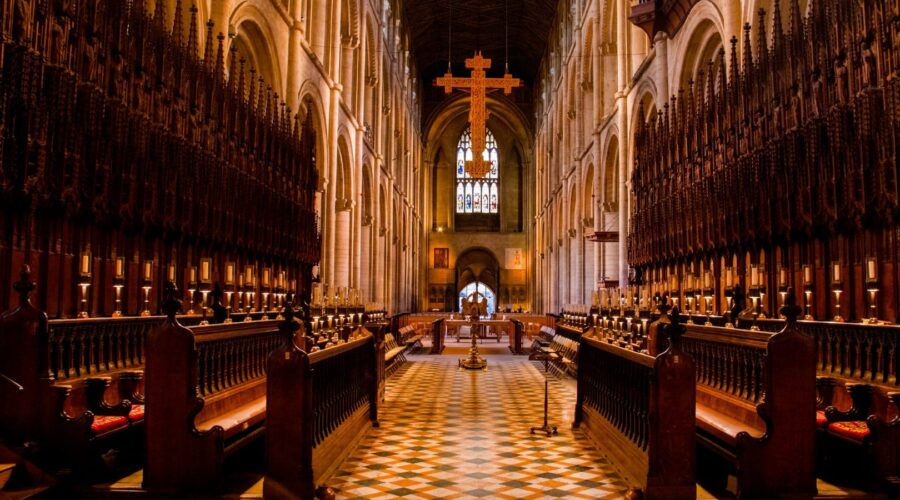Your cart is currently empty!
Discover the Rich History, Architecture, and Significance of Trinity Church

Nestled in the heart of Manhattan’s Financial District, Trinity Church is an iconic landmark that has witnessed countless historical events and architectural transformations over the centuries.
A Journey Through Time
Colonial Beginnings (1697-1789)
In 1697, Governor Benjamin Fletcher gifted land to the Anglican parish of Trinity Church, marking the start of its existence. The first wooden church was built in 1698, serving as a place of worship for the growing British population.
Federal Period (1789-1839)
After the American Revolution, Trinity Church became an Episcopal parish. During this period, the iconic spire was added to the church in 1790, designed by architect John McComb Jr. The spire became a symbol of the United States’ growing wealth and power.
Victorian Era (1839-1900)
The 19th century witnessed significant expansion and renovation at Trinity Church. In 1839, the nave was reconstructed by Richard Upjohn, and in 1846, the chancel was redesigned by James Renwick Jr. These renovations transformed the church into a Gothic Revival masterpiece.
Architectural Marvel
Gothic Revival Design
Trinity Church exemplifies the Gothic Revival style, incorporating pointed arches, ribbed vaults, and flying buttresses. The intricate carvings, stained glass windows, and vaulted ceilings evoke a sense of grandeur and reverence.
The Spire
Standing at 284 feet, the spire of Trinity Church is one of the most recognizable landmarks in New York City. Its elegant shape and filigree detailing have made it an iconic symbol of the city’s skyline.
Interior Adornments
The interior of Trinity Church is equally impressive. The chancel features a magnificent altarpiece by Benjamin West, depicting the Resurrection of Christ. The nave is lined with marble columns and contains a pulpit carved from a single block of mahogany.
Spiritual and Cultural Center
Religious Significance
As the oldest parish in New York City, Trinity Church has played a vital role in the city’s spiritual development. The church has fostered interfaith dialogue and provided support to the community throughout its history.
Community Outreach
Trinity Church is deeply involved in social outreach programs, serving the homeless, providing job training, and offering educational opportunities. The church’s community center, Trinity Commons, is a hub for these initiatives.
Cultural Legacy
Trinity Church has hosted numerous historical events and celebrations. It served as a meeting place for the Continental Army during the Revolutionary War and hosted the first presidential inauguration of George Washington in 1789.
Visitor Information
Tours and Services
Trinity Church offers guided tours for visitors to explore its architecture, history, and artifacts. Visitors can also attend daily services and special programs held throughout the year.
Location and Hours
75 Broadway
New York, NY 10006
Monday-Saturday: 10:00 AM – 4:00 PM
Sunday: 12:00 PM – 4:00 PM
Conclusion
Trinity Church stands as a testament to the resilience and evolution of New York City. Its architectural beauty, historical significance, and spiritual impact have made it an enduring landmark that continues to inspire and uplift visitors and the city it calls home.